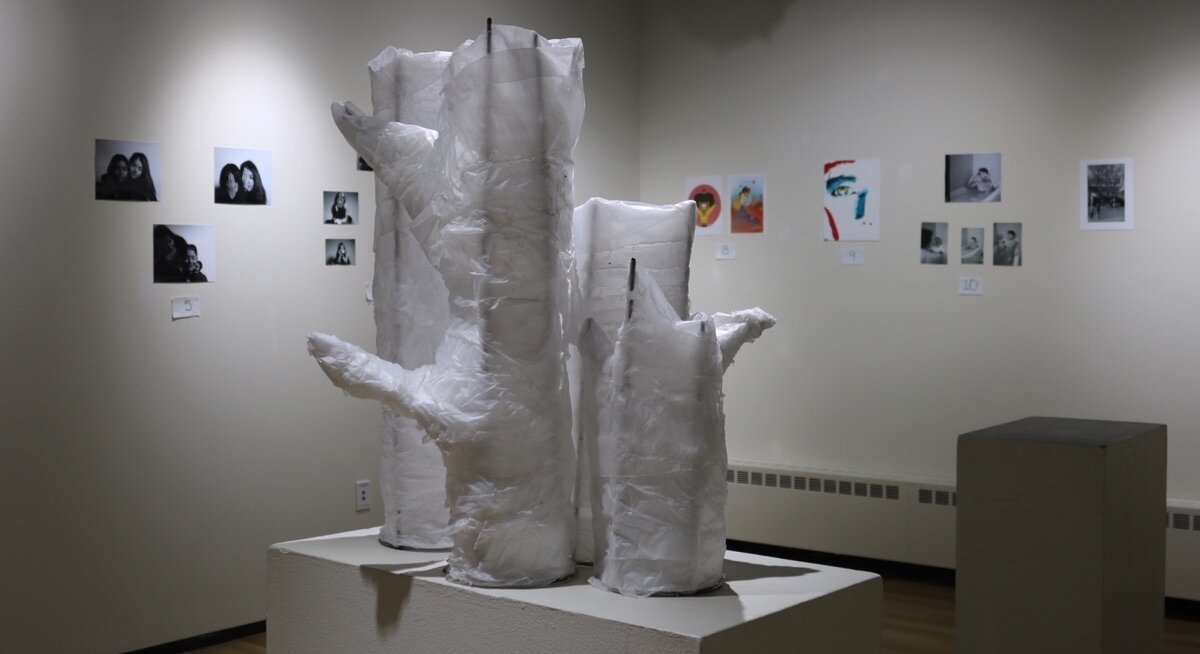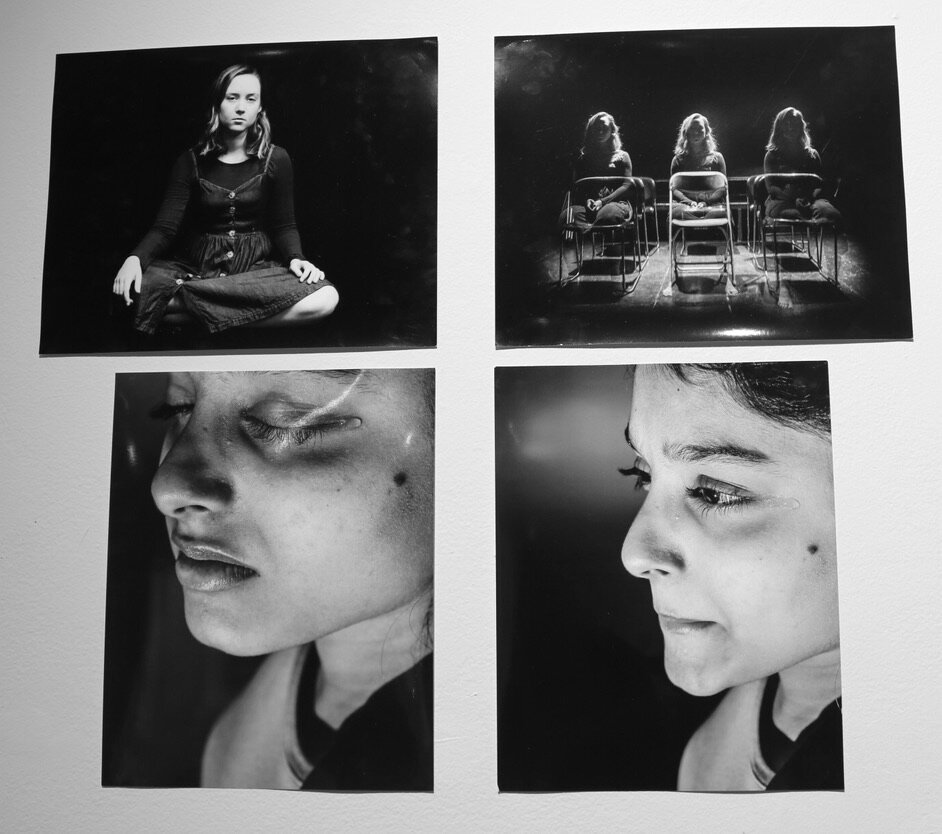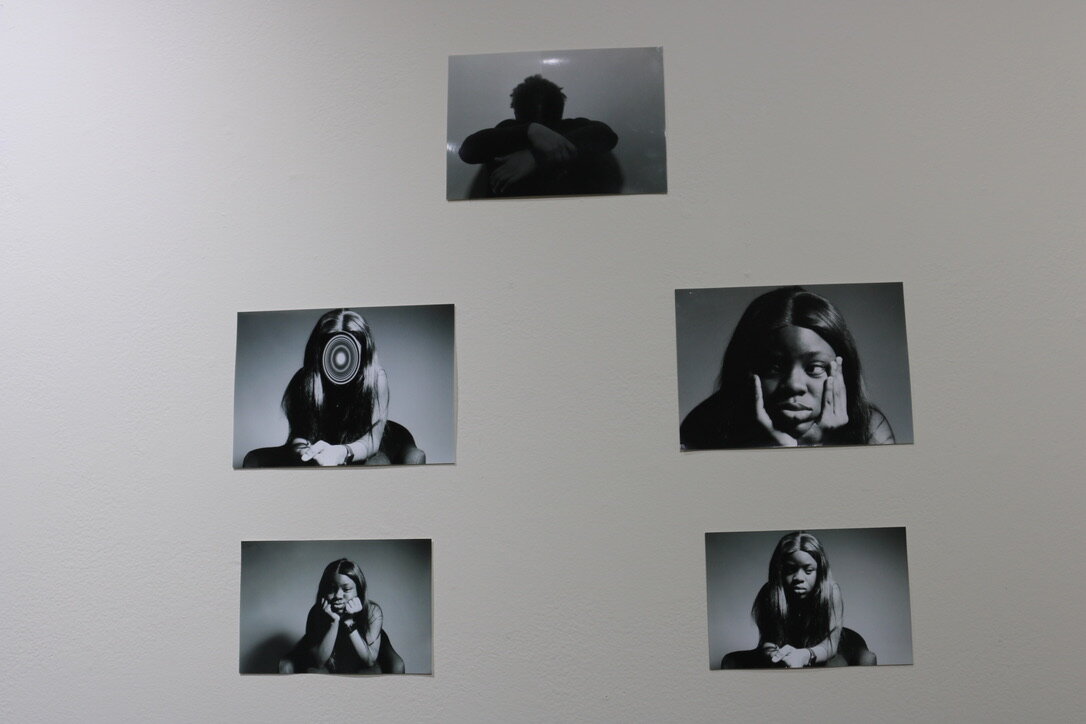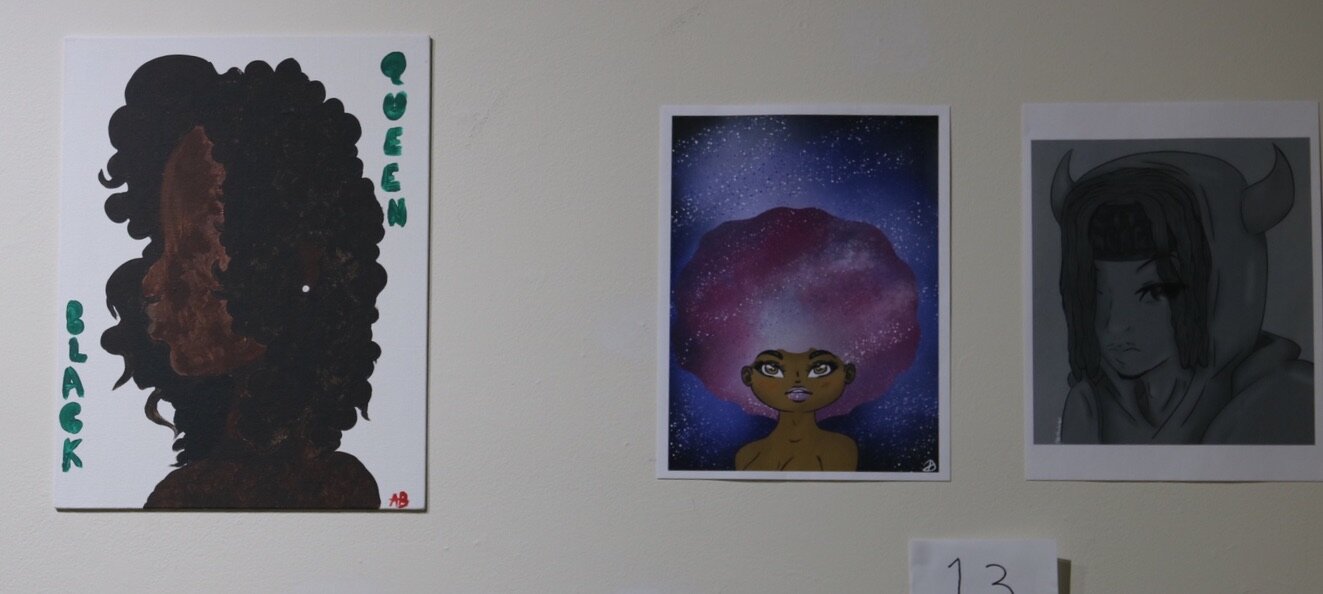BY REBECCA GAGNON ’23
In recognition of Black History Month, Mount Holyoke is displaying an exhibit on the Black Arts Movement on the second floor of Blanchard Community Center for the month of February.
The Black Arts Movement (BAM) started in 1965 and continued until 1975. It was inspired by the Black Power Movement, a revolutionary movement that fought for racial pride and economic empowerment. It wasn’t until Malcolm X was assassinated that BAM truly took form. Although the movement technically ended in 1975, the memories and pride are still carried today through Black History Month.
“As ... the APAU (Association of Pan-African Unity) organization, our job is to bring representation of Black History Month. To bring the history but to also allow the students on campus to be involved,” Whitney Stephenson ’22, one of the APAU’s Black History Month representatives, said. “When we were thinking about this [exhibit] we thought about what theme could actually [bring representation of Black History Month] so one of the things we were thinking about was black futurism, innovators and inventors.”
Stephenson cited, “being motivated by the Black Art Movement and these people using their talents to vocalize their passion and vocalize how they feel.”
“We felt like this was a perfect exhibit to start here,” Stephenson said.
“It is our initiative for this entire month to give back to the community and also use the community to give back to the community,” Zena Alhaj ’22, the APAU’s other Black History Month representative, said. “In this, we really wanted to use the college consortium. We can value a lot from it, in the fact that we can really increase the bonds between the Five Colleges. We also get to know other people that look like us — people in the community — so we can enhance the whole process of the Five College Consortium.”
“I’m an artist too and one of my pieces is up there. One of the biggest things as a black artist and a black individual in the art field: there is a lack of representation of us in the art that we see and so, any time I produce art it is something that is reflecting of me,” Stephenson said. “When I was welding [my piece] I wanted to create something to define my sense of being,” Stephenson added.
“The way I did it was burning the plastic through a hot glue gun, so it was this burning aspect of through pain,” Stephenson said. “Through the light of the flames is how you get the sense of togetherness.”
“Every art piece has a story to it, some people are best at telling their stories through their art,” Nana Aba Turkson ’23, one of the artists, said. “Go there, look at the art pieces, pay attention and focus on what this piece is trying to communicate to you, ask the artist what inspired this art and then go back to look at the art piece again ... it will be worth your while.”
Stephenson emphasized that all students are welcome to visit the BAM exhibit.
“With the Black Art Movement, we want you all to see the talent, the passions, and the heart,” Stephenson said. “With Black History Month it is not just for us but for you to see the prosperity.”
Alhaj added, “It is a feeling of entering, but don’t infringe upon [the space]. Yes, this is a space where you can appreciate and take it in, but it is also realizing that it is a space for us, by us, but it is also a vulnerable space. So, appreciating that and being respectful of that is also very important.”
“With any organization, there are a lot of hardships that come with it ... but it is a lot of different minds and a lot of different energies and you have to deal with everyone individually,” Alhaj said. “For me, my biggest challenge is conformity versus autonomy. It is really hard for me to put my foot down and get this done but also listen and reflect on what the compromise is, and compromise can be very difficult.”
“We are running all these events and so we are the ones setting this in stone, but we also have to listen — and listening can be very difficult — but it is a part of growth,” Alhaj said.
“With acknowledging the past, we acknowledge the present but also look forward to the future,” Stephenson said. “That is basically the whole ‘future is black’ aspect of it. We are the future and we are heading to a future that is bright. We are also paving that path for the people behind us and we are making history.”
The exhibit will be open on the second floor of Blanchard until Feb. 28. Alhaj and Stephenson invite everyone to take a look around and hear their stories as individuals, but also as a whole. All of the art on display is also available for auction.





